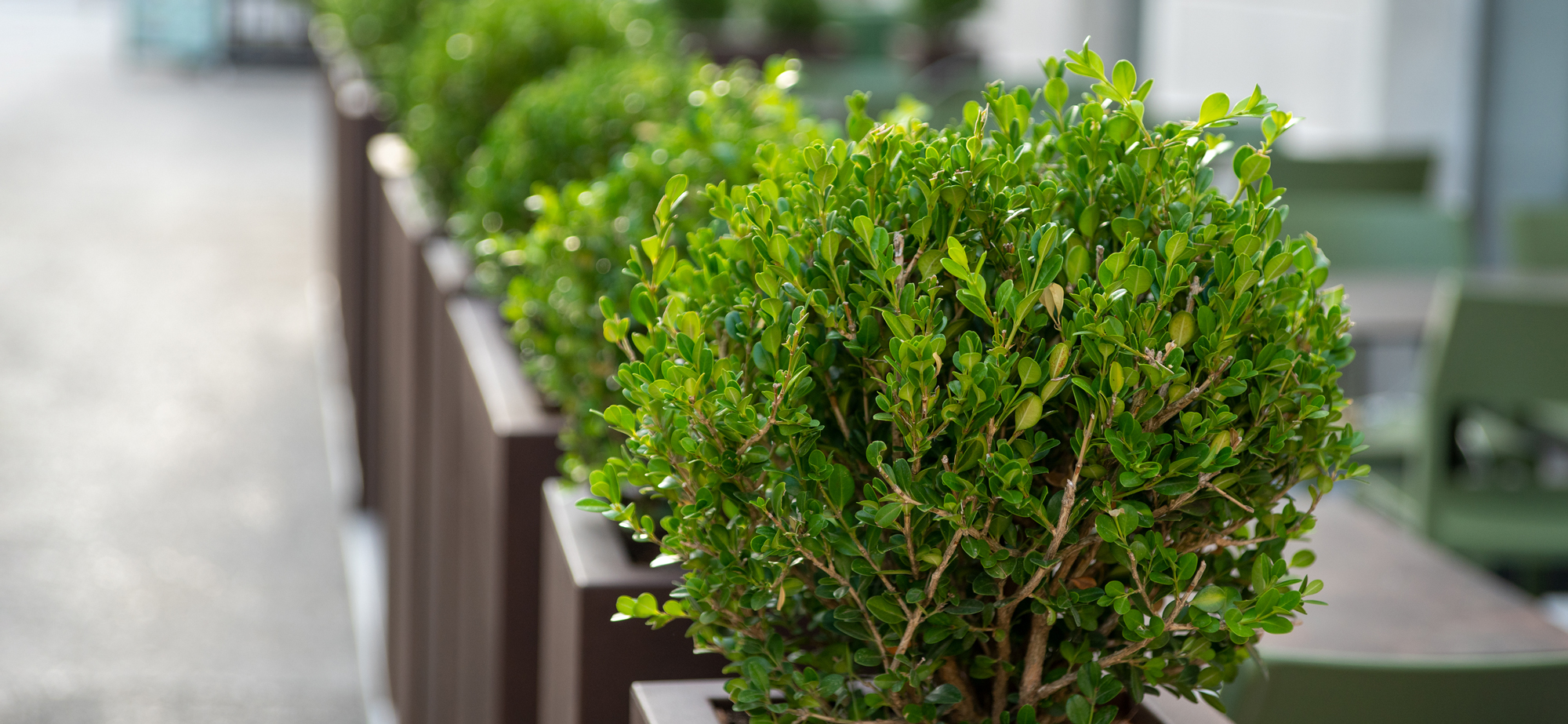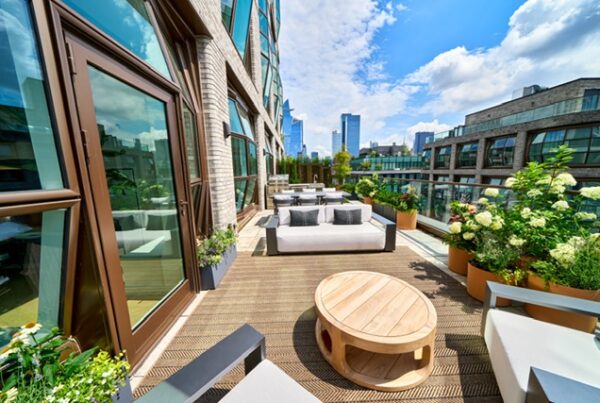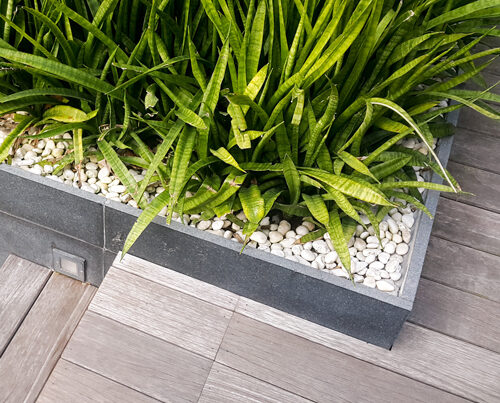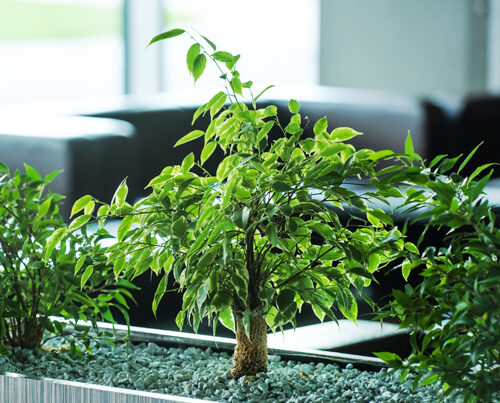Though the popularity of fiberglass resin planters is relatively new, fiberglass resin has been around for decades. Over the last couple of years, the glass fiber need was at about 10.7 billion pounds, the material was barely recognized a century ago. If you like using fiberglass resin planters for landscaping or office decor, learning the history of fiberglass may make you even more of a fan.
History of Fiberglass Material
We can thank the early Greeks, Egyptians, and Phoenicians for their experiments with fragile glass fibers. Though used strictly for experimental, decorative purposes, these early discoveries led to more beneficial uses–such as the fiber cloth made in 1880 by Hermann Hammesfahr. This fiber cloth was the first United States patent on the fiberglass material, a patent later purchased by an Ohio native, Libbey Glass. Glass’s fiberglass creations–-a lampshade and dress–caused quite a stir at the 1893 Chicago World’s Fair.
Many other scientists and artists began to experiment with fiberglass resin, including Dale Kleist, Leo Baekeland, Rene Ferchault de Reaumur, and Ray Greene. With each experiment came new discoveries that would be added to the growing history of fiberglass. It wasn’t until 1935 when the material was turned into glass fabrics and yarn. Not long after, fiberglass resin planters were first created.
What is Fiberglass Made of?
Fiberglass is also known as glass fiber and is a material created from extremely delicate glass fibers. As a processed glass form, it has been seen as a good, durable material for insulation, reinforcement, and waterproofing. Fiberglass is produced through a method where hot glass threads are pushed through small openings to make even tinier, spool-like strands. It’s often added to composites–such as plastic or resin–to create stronger, more insulating end products.
Modern Use of Fiberglass
Fiberglass resin planters are a popular use of these fine fibers; glass-reinforced plastic is also a popular composite mixture. Many everyday items use this material–from cookware to manufactured supports. Fiberglass is often used in the manufacturing industry as insulation and, when formulated a certain way, can be resistant to some environmental factors and chemicals. Many new homes and buildings use fiberglass batting and even asphalt roofing have fiberglass supports woven into the shingles.





